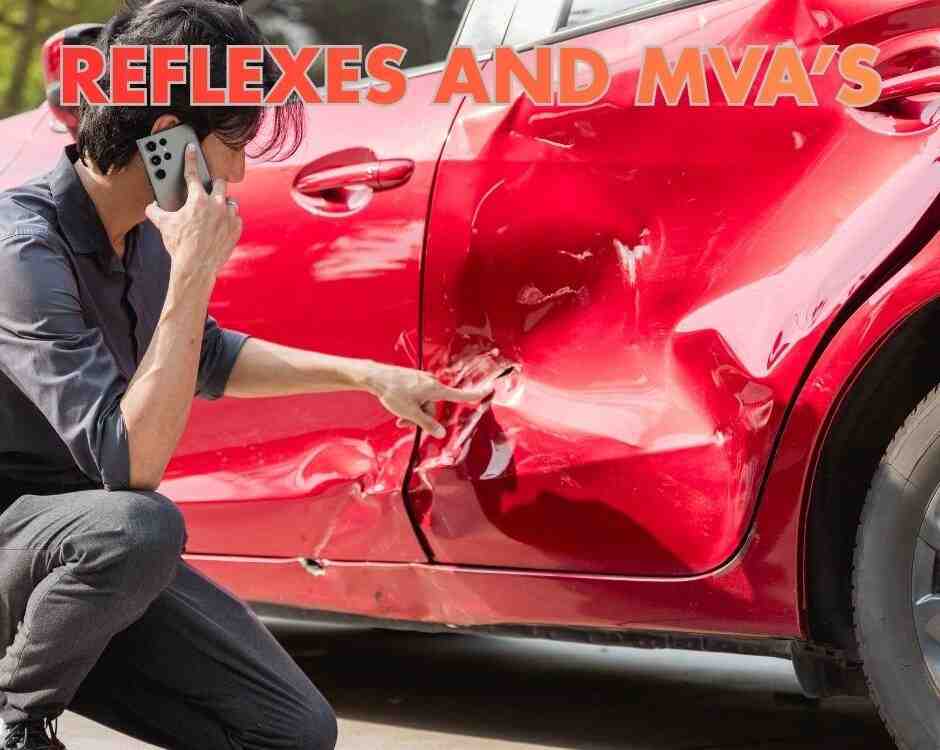A Prescription to Move!

A Cheap Effective Sleep Hack
November 18, 2025- Accident doctor
- accupuncture
- airplane headache
- alzheimer's
- best habits
- Brain Injuries
- car accident
- car accidents
- cervical strain
- colds
- concussion
- Concussions
- disc bulge
- dosage meds
- dry needling
- dull pain
- E bike injuries
- florida
- good posture
- headaches
- Headrest positions
- Headrest positions after an accident
- Healthy choices
- Healthy flying
- healthy gift guide
- Healthy SPring Ideas
- hip pain
- hyperextension
- injury doctor
- insurance
- Kayaking
- kentucky
- kids motion sickness
- lifestyle
- motion sickness
- neck injury
- no fault insurance doctor
- noise healing
- osteoporosis
- pain symptoms
- pink noise
- posterior chain
- posture
- prevent osteoporosis
- Rest
- Scoliosis
- shoulder pain
- Stress with kids after a motor vehicle accident
- TBI
- tips
- tmj
- torn muscle
- Traumatic Brain Injury
- trigger points
- VitaminD
- What are Post Traumatic headaches?
A Prescription to Move
A motor vehicle accident (MVA) can tighten muscles, stiffen joints, and irritate nerves. Even when the initial shock wears off, you might feel “okay”, only to discover days later you cannot turn your head or lift a bag without pain. At Chambers Medical Group, one of the highest rated car accident medical doctor care teams in Kentucky, we know that movement is key to a full recovery. Stretching and guided therapeutic exercise restores function, eases discomfort and prevents minor issues from becoming chronic problems. For most of our patient’s, gentle, supervised movement is part of the first prescription they receive. Dr. Aaron Workman discusses five reasons why you should start moving, sooner than later, following an MVA.
- Restores Range of Motion
Whiplash, seat-belt strain, or sudden jolts lock joints and shorten muscles. Simple neck movements, shoulder circles, or seated leg lifts done early could restore some of your ranges of motion faster. Without early movement, scar tissue forms and hardens, turning a short-term problem into a long-term limit. Consistent, gentle stretching keeps you flexible and moving freely.
- Reduces Pain Naturally
Controlled movement releases endorphins and these are your body’s natural pain relievers. A short walk, light arm swings, or seated leg movements can lower pain levels faster than doing nothing at all. Stretching also breaks the cycle of muscle spasm and nerve irritation. Patients who begin moving early often reduce their need for medication and typically have a faster, more comfortable recovery.
- Prevents Muscle Atrophy
Inactivity after injury causes muscles to weaken rapidly. I have a particular patient that was just discharged that was completely taken back as to how much weakness the accident had caused her body. She worked out in the gym regularly before the accident and was expecting to pick back up where she left off. Even after everything else had been resolved, she still noted how much weaker she had become over a couple of months. Light resistance exercises, body-weight movements, or therapy bands rebuild strength safely. Strong muscles support healing ligaments and joints, acting as a natural brace to prevent re-injury and support daily function.
- Speeds Tissue Healing
Gentle exercise increases blood flow to injured areas, delivering oxygen and nutrients while removing waste. Even simple ankle pumps or arm circles can boost local circulation significantly. This increase of circulation helps tendons and soft tissues repair faster, shortening overall recovery time and reducing swelling.
- Supports Mental Recovery
Pain and limited movement facilitates frustration, anxiety, depression, and poor sleep. The structured stretching and exercise routines we perform in clinics can help address mood, enhance sleep quality, and restore confidence. Patients who follow a simple program often feel more in control, less stressed, and more capable at home and work.
It is a simple and important fact that guided movement after an MVA prevents stiffness, cuts pain, preserves strength, accelerates healing, and lifts mood. In our clinics, we are dedicated to post-accident care and getting you back on track as fast as possible. Our doctors give plans based on your exact injuries, pain levels, and ability to move. We guide you from beginning to end, adjust as you heal, and work to help you get proper function back without all the setbacks. If you find yourself unable to move following an accident, let the doctors at Chambers Medical Group provide the direction your body needs to heal right the first time.
— This article is written by Aaron Workman, DC, one of the members of Chambers Medical Group’s team of car accident chiropractors who offer a variety of treatments and therapies ranging from diagnostic testing to various soft tissue therapies for car accidents and injuries in Kentucky.




